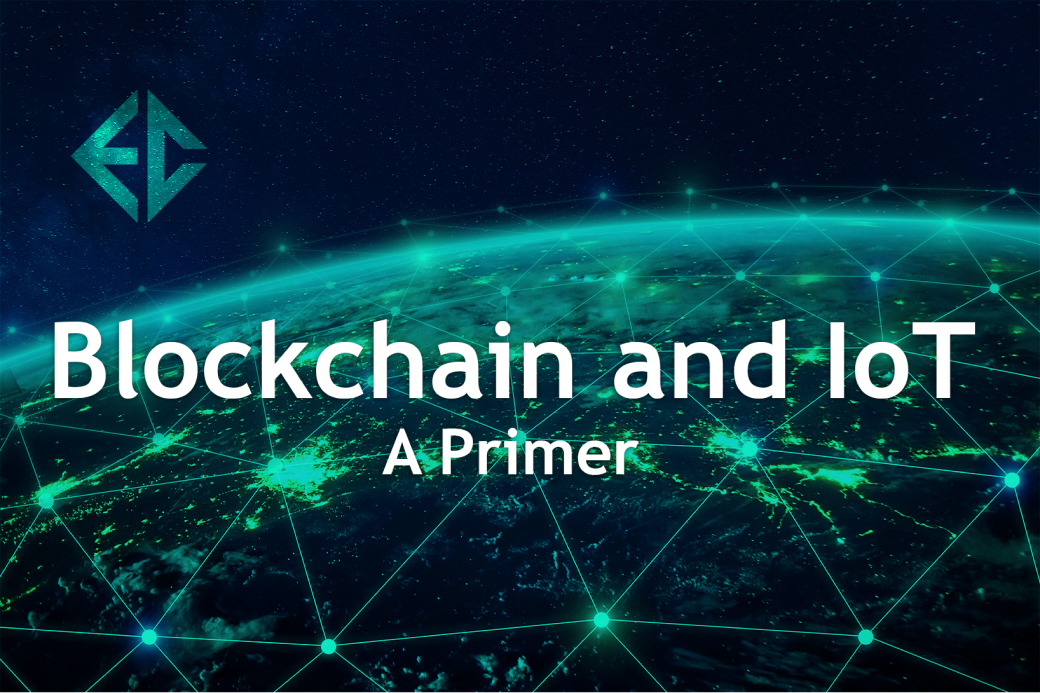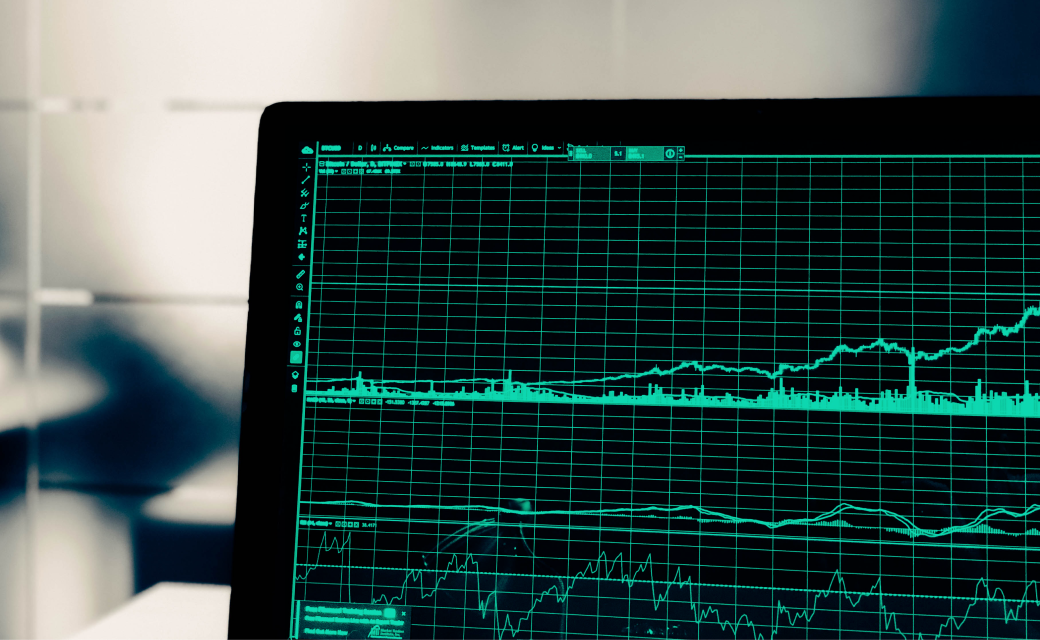
Blockchain Ecosystems have emerged as a promising innovation to affirm the integrity of data shared among constituents in multiparty processes. Compared to traditional databases, blockchains are robust, decentralized, and tamper-proof, (meaning once a transaction occurs, it cannot be edited or hidden), and they require no central governing authority (since blockchain transactions are validated collectively by a network of node operators).
In tandem to the rise of blockchain, the Internet of Things (IoT) has emerged as a method for collecting data from the physical world so as to streamline industrial business processes and product management across industries. IoT networks are networks of interconnected devices and intelligent objects that ultimately integrate data flows from the physical world, increase efficiency for decision makers, and ultimately cut overhead costs related to labor, time, and security measures. Smart devices cut out the middle-man by directly inputting and reading data that would otherwise have required a human intermediary - or simply could not have been collected at all. Business managers and industrial solutions providers are able to gain a holistic view of their environment in a passive yet reliable manner.


